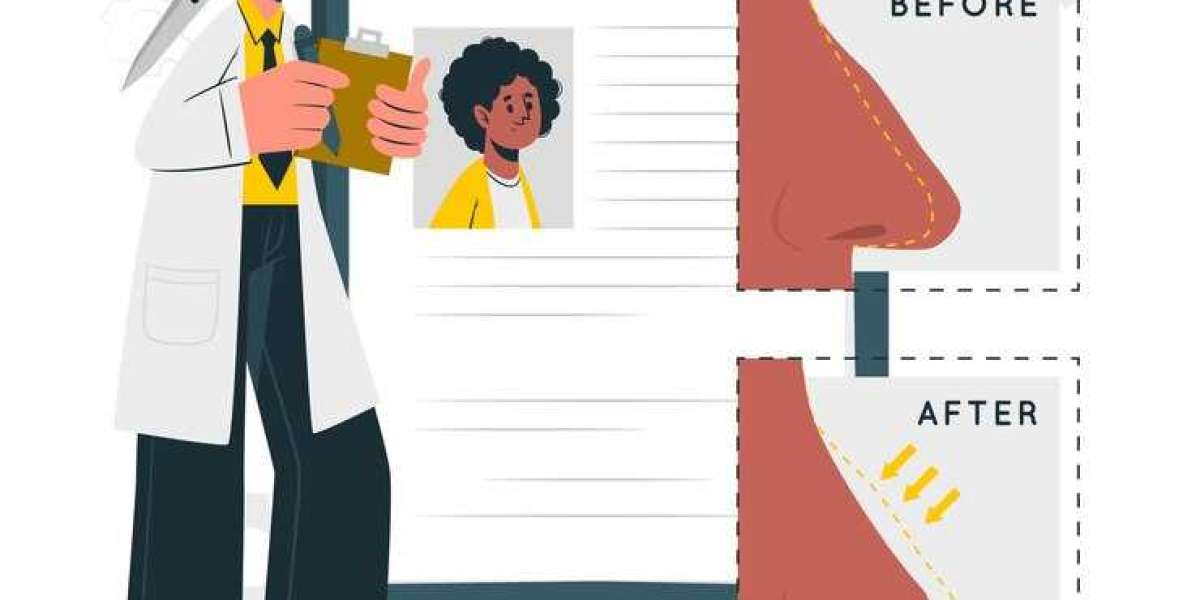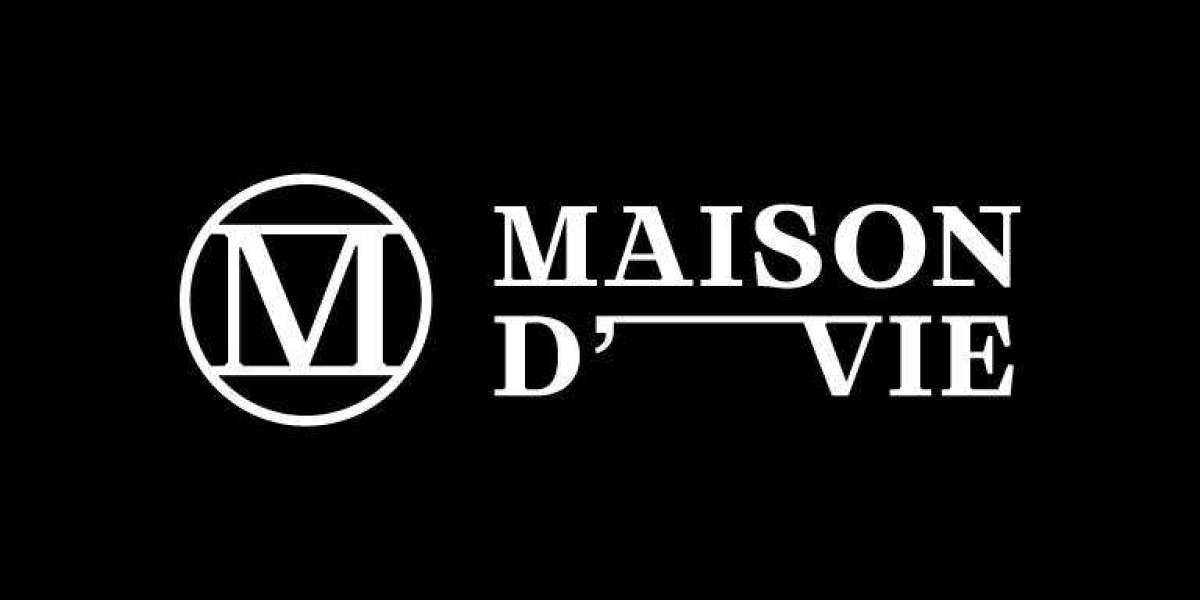Botox, a popular non-surgical treatment, has become a go-to solution for those looking to reduce the appearance of wrinkles and achieve a smoother, more youthful complexion. One of the most common areas treated with Botox is the forehead. However, determining the right number of units for this area can be confusing for many. This blog will provide a comprehensive guide on how many units of botox for forehead, factors influencing the dosage, and what you can expect from the treatment.
What is Botox and How Does It Work?
1. The Basics of Botox
Botox, short for Botulinum Toxin, is a neurotoxin derived from the bacterium Clostridium botulinum. When used in small, controlled amounts, Botox can temporarily relax the facial muscles that cause wrinkles, leading to a smoother appearance. It's commonly used to treat dynamic wrinkles, which are caused by muscle movements, such as frown lines, crow's feet, and forehead lines.
2. Mechanism of Action
Botox works by blocking the release of acetylcholine, a neurotransmitter that signals muscle contraction. By preventing these contractions, Botox effectively reduces the appearance of wrinkles and fine lines. The effects of Botox are temporary, typically lasting three to six months, after which the treatment can be repeated.
How Many Units of Botox are Needed for the Forehead?
1. General Guidelines
The number of Botox units required for the forehead varies based on several factors, including the severity of the wrinkles, the size of the treatment area, and individual muscle strength. On average, most practitioners use between 10 to 30 units of Botox to treat the forehead. This dosage is usually divided among multiple injection sites to achieve a natural, balanced look.
2. Customizing the Treatment
Each person’s forehead muscles are different, and a personalized approach is essential for optimal results. During your consultation, a qualified practitioner will assess your facial anatomy, muscle activity, and aesthetic goals to determine the appropriate number of units. Some individuals may require fewer units, while others might need more to achieve their desired outcome.
Factors Influencing the Number of Botox Units
1. Severity of Wrinkles
The depth and severity of your forehead wrinkles play a significant role in determining the number of Botox units needed. Deeper wrinkles typically require more units to achieve a noticeable reduction, while milder wrinkles may need fewer units.
2. Muscle Strength
People with stronger forehead muscles may require more Botox units to achieve the desired muscle relaxation. Conversely, individuals with weaker muscles may need a lower dosage. Your practitioner will evaluate your muscle strength during the consultation to tailor the treatment accordingly.
3. Desired Results
Your aesthetic goals also influence the number of Botox units required. If you prefer a subtle, natural look, fewer units may be sufficient. However, if you seek more dramatic results, a higher dosage might be necessary. Communicating your expectations with your practitioner is crucial to ensure you achieve the look you want.
The Botox Treatment Process
1. Consultation and Assessment
The first step in the Botox treatment process is a thorough consultation with a qualified practitioner. During this session, you’ll discuss your medical history, aesthetic goals, and any concerns you may have. The practitioner will examine your forehead muscles and determine the appropriate number of units for your treatment.
2. Preparing for the Procedure
On the day of the procedure, the treatment area will be cleansed, and a topical anesthetic may be applied to minimize discomfort. Botox injections are relatively quick and typically take only a few minutes to complete. The practitioner will use a fine needle to inject the Botox into specific points on your forehead.
3. Post-Treatment Care
After the injections, you may experience mild swelling, redness, or bruising at the injection sites. These side effects are usually temporary and should subside within a few hours to a couple of days. It's important to follow your practitioner’s post-treatment care instructions, such as avoiding strenuous activities and refraining from touching or massaging the treated area for a few hours.
What to Expect from Your Forehead Botox Treatment
1. Initial Results
Botox results are not immediate; it typically takes three to five days to notice the initial effects, with full results visible within 10 to 14 days. Your forehead will gradually appear smoother, and wrinkles will become less prominent.
2. Duration of Effects
The effects of Botox usually last between three to six months. Over time, the treated muscles will regain movement, and wrinkles may start to reappear. Regular maintenance treatments are recommended to sustain the results.
3. Natural-Looking Outcomes
When administered by an experienced practitioner, Botox can deliver natural-looking results that enhance your appearance without making it obvious that you've had cosmetic work done. The goal is to achieve a refreshed and rejuvenated look while maintaining facial expressions.
Choosing the Right Practitioner
1. Qualifications and Experience
Selecting a qualified and experienced practitioner is crucial for achieving safe and effective Botox results. Look for a board-certified dermatologist, plastic surgeon, or cosmetic specialist with extensive experience in administering Botox injections.
2. Reviews and Testimonials
Reading reviews and testimonials from previous patients can provide valuable insights into the quality of service and results you can expect. Positive feedback and high patient satisfaction are indicators of a reputable practitioner.
3. Personal Consultation
A personal consultation is essential to discuss your goals, address any concerns, and assess your suitability for Botox treatment. A good practitioner will take the time to understand your needs and create a personalized treatment plan tailored to your unique facial anatomy.
Conclusion: Achieving the Perfect Forehead with Botox
Determining the right number of Botox units for your forehead involves a combination of factors, including the severity of wrinkles, muscle strength, and your desired results. By choosing a qualified and experienced practitioner, you can ensure a safe and effective treatment that delivers natural-looking results.With proper care and regular maintenance, you can enjoy the benefits of Botox for years to come.








